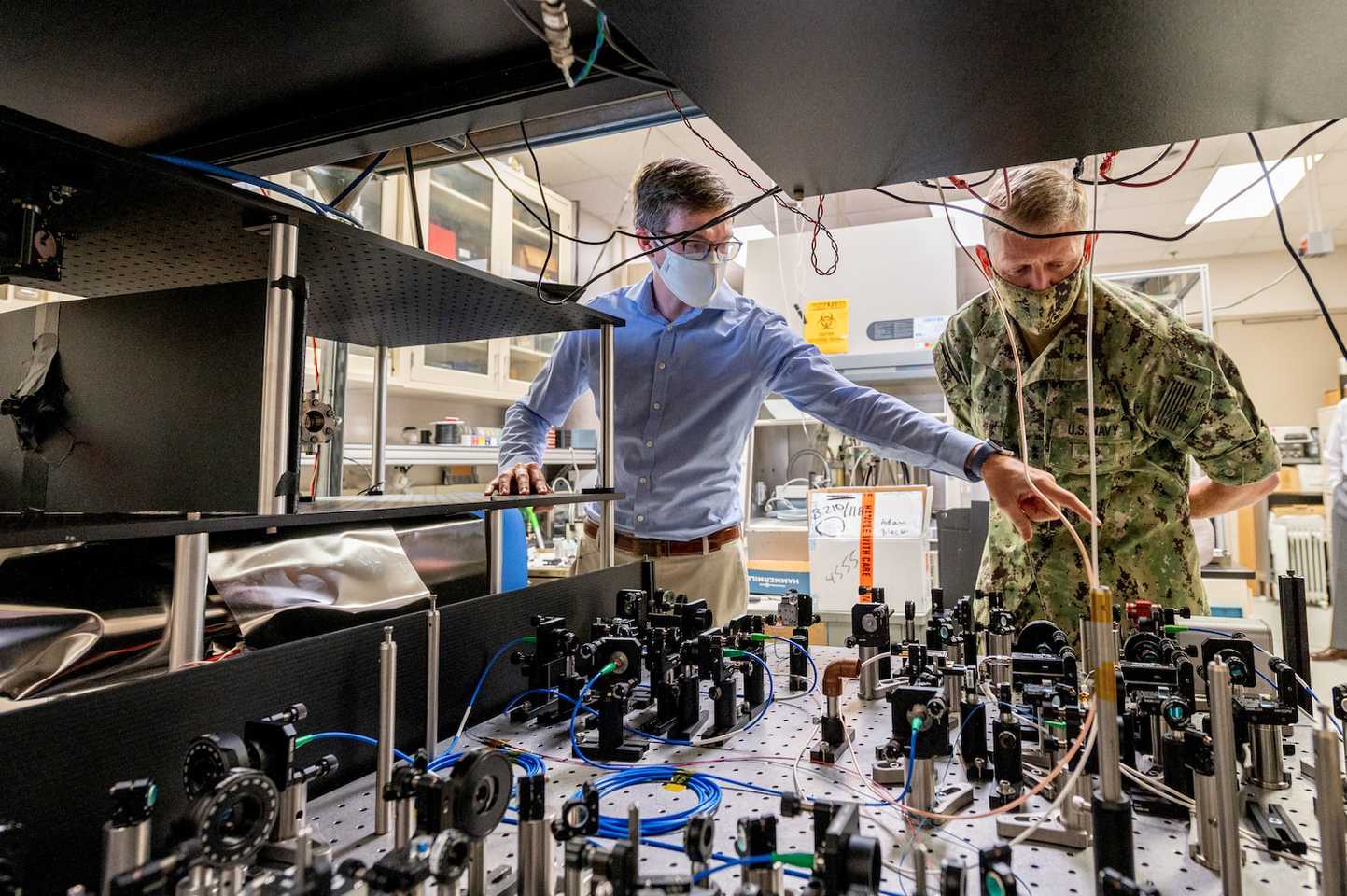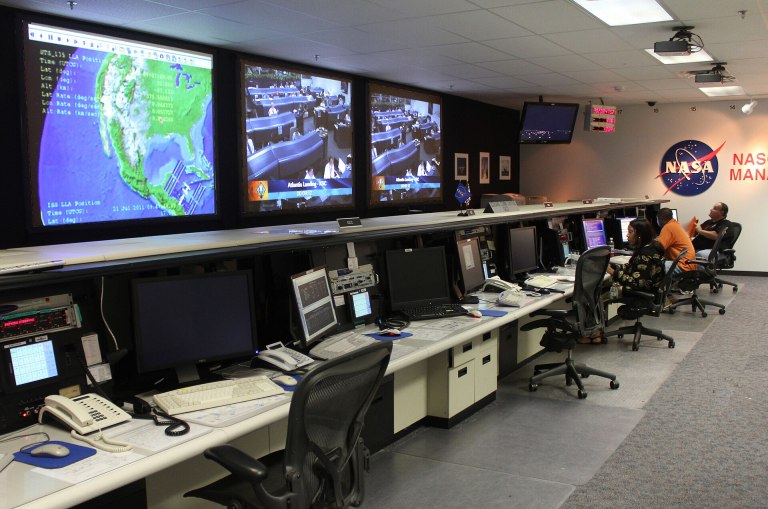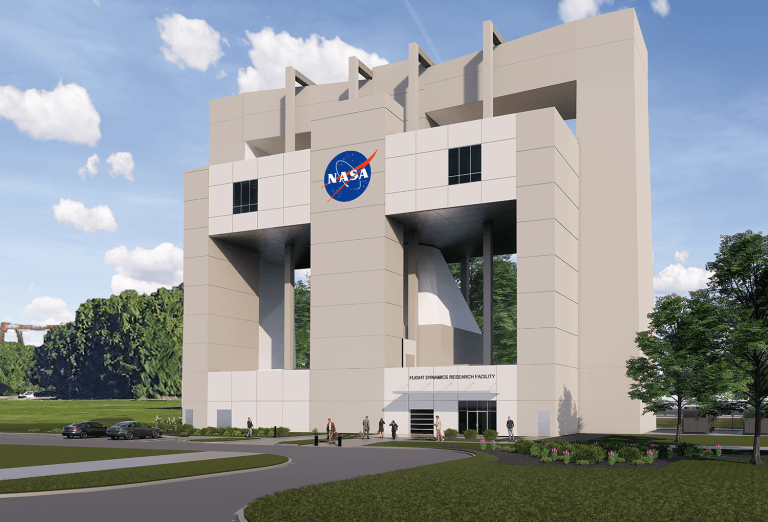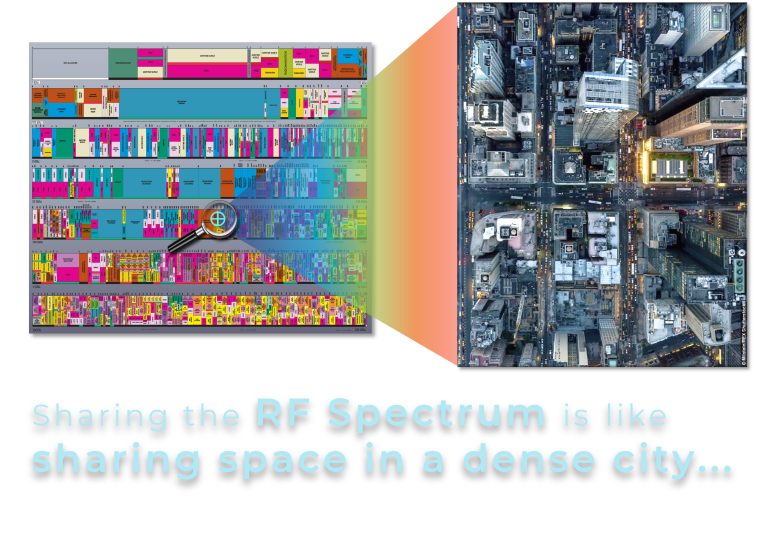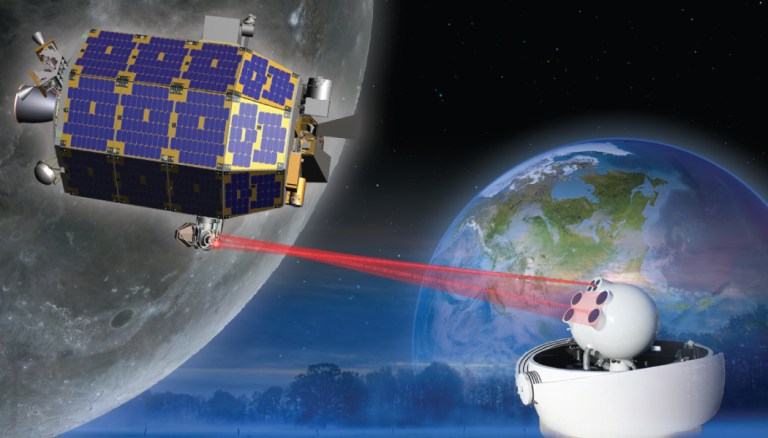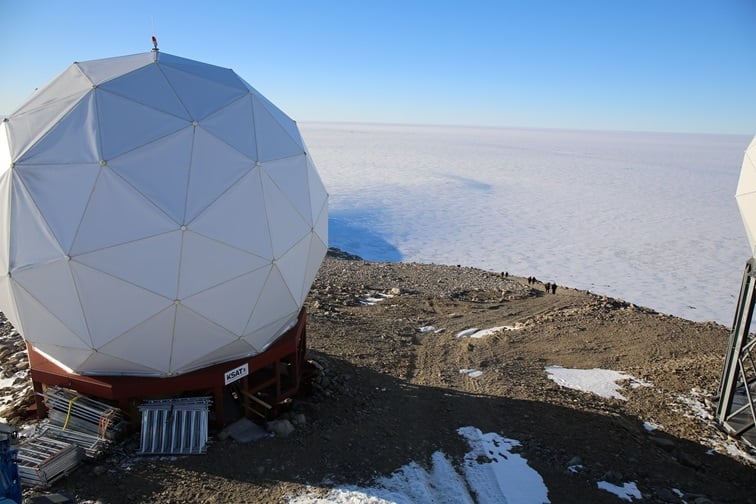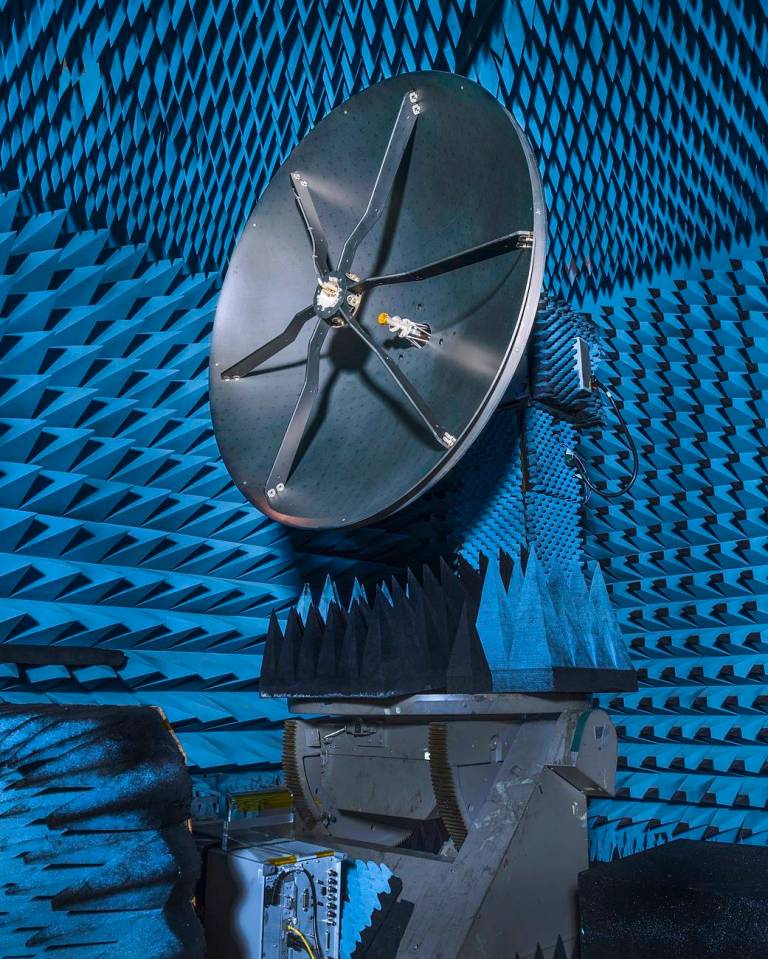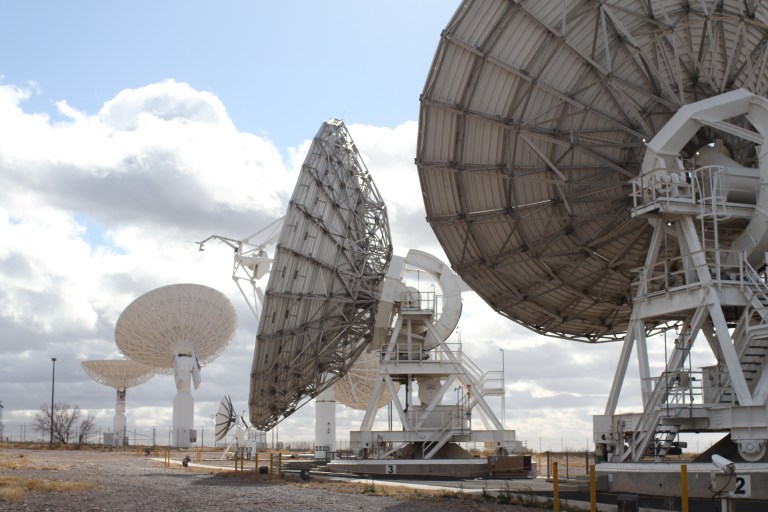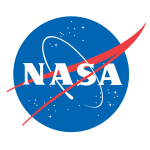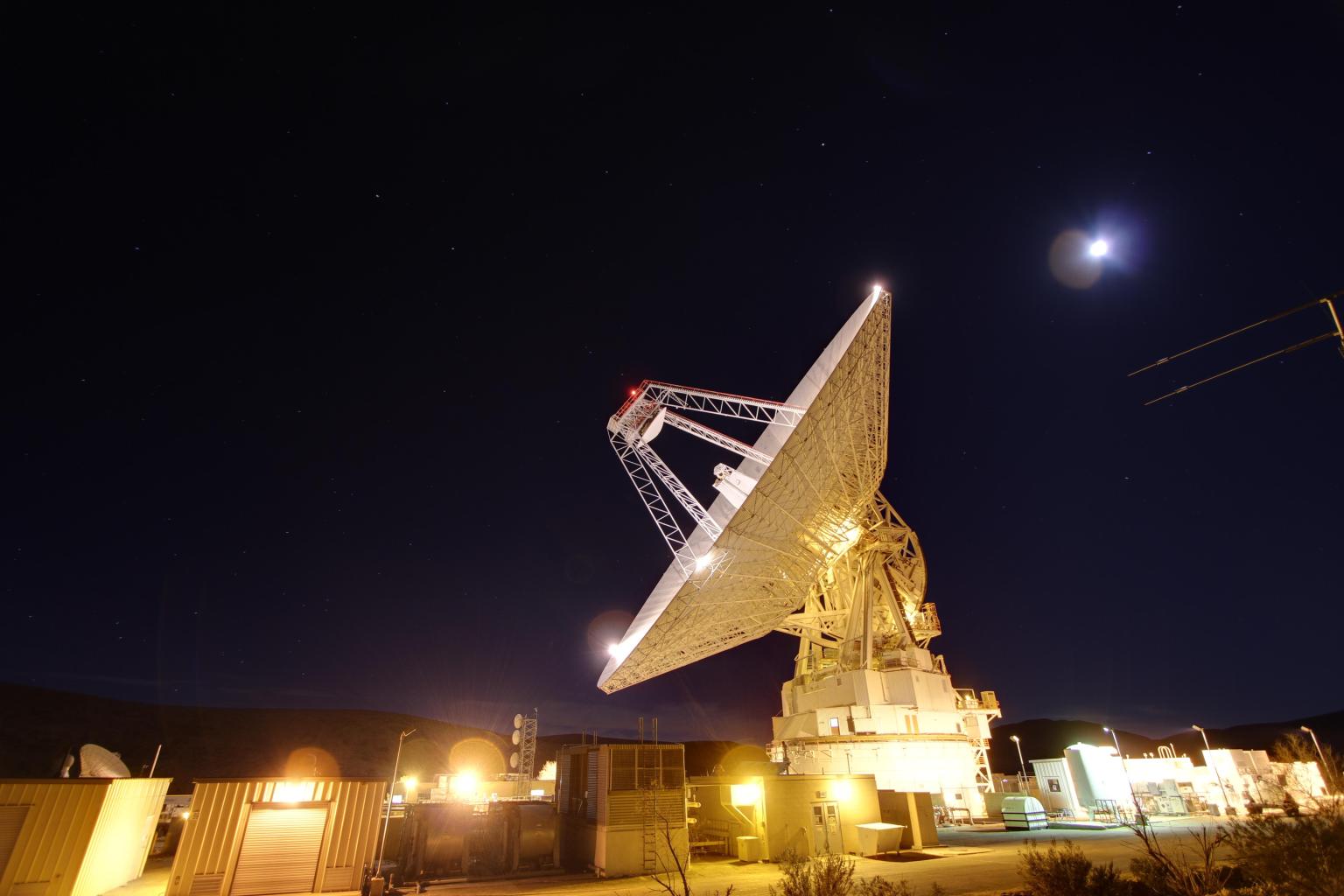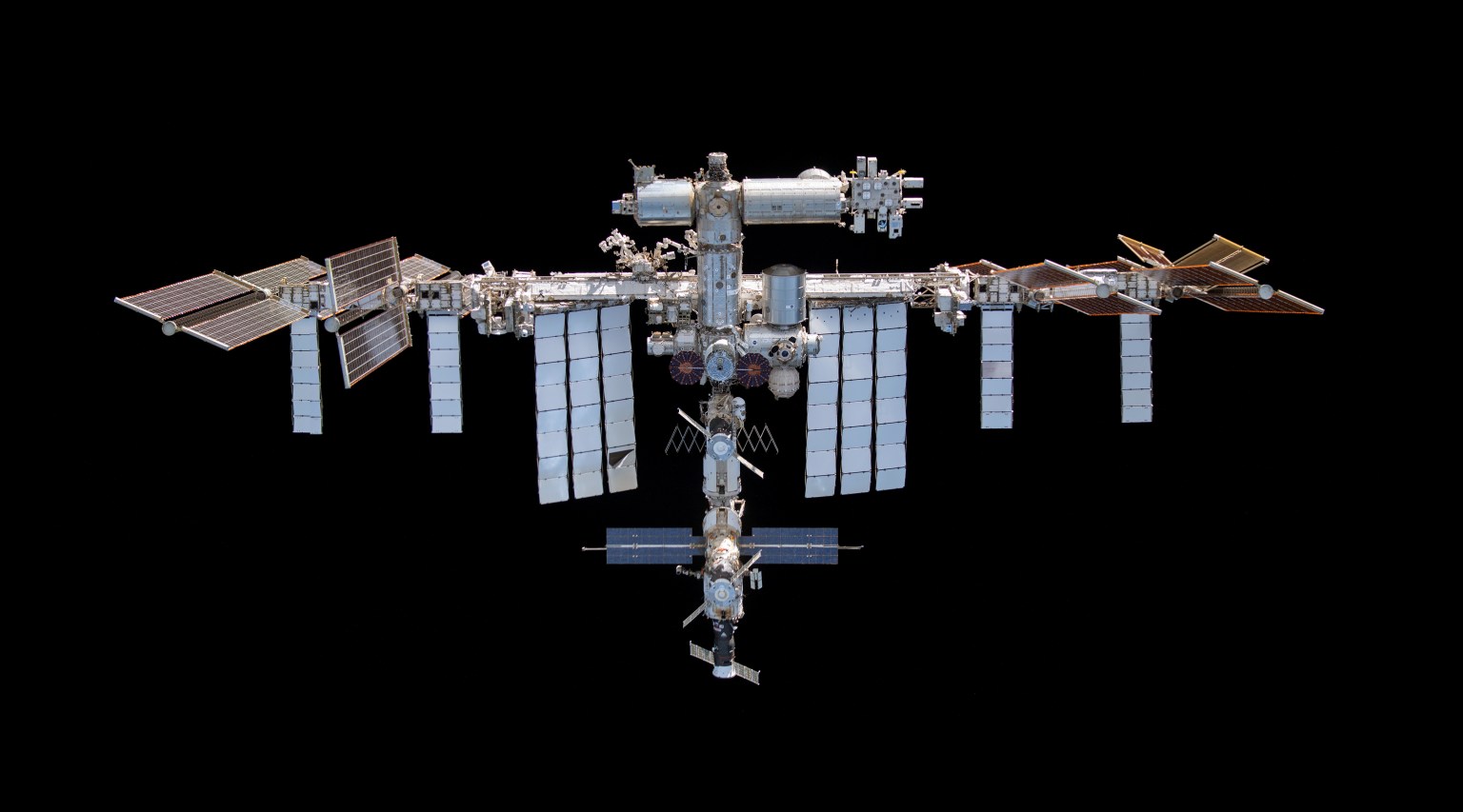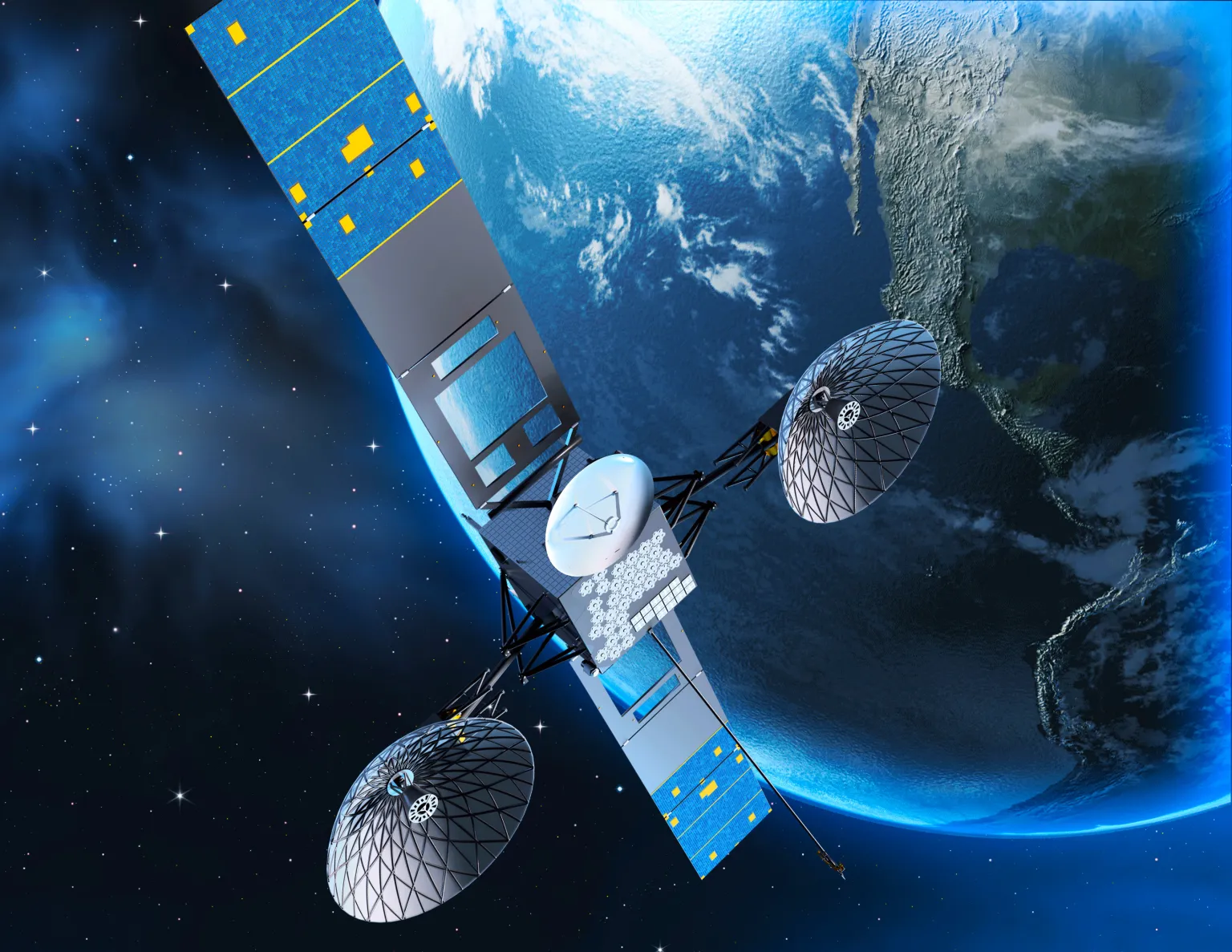Communications and Navigation Network Services
The ESC’s Near Space Network at NASA’s Goddard Space Flight Center is the liaison for customers that need communications and navigation services in the near space region, which includes Earth orbit, cislunar space, and Sun-Earth Lagrange points L1 and L2. Please fill out the Service Inquiry Form to initiate discussions on receiving these services from providers throughout NASA, other U.S. agencies, commercial entities, and foreign governments.
The Near Space Network provides missions support in obtaining services through these processes:
• Early Mission Planning
• Requirements Development
• Network Integration
• Asset Scheduling
• RF Compatibility Testing
• Network Testing
• Operations
• Network Feasibility Analysis
• Radio Frequency Analysis
• Spectrum Management
ESC Companion Services
Contact Us
Learn more about our companion services.
For general or partnership inquiries about ESC's companion services, complete the contact form below.
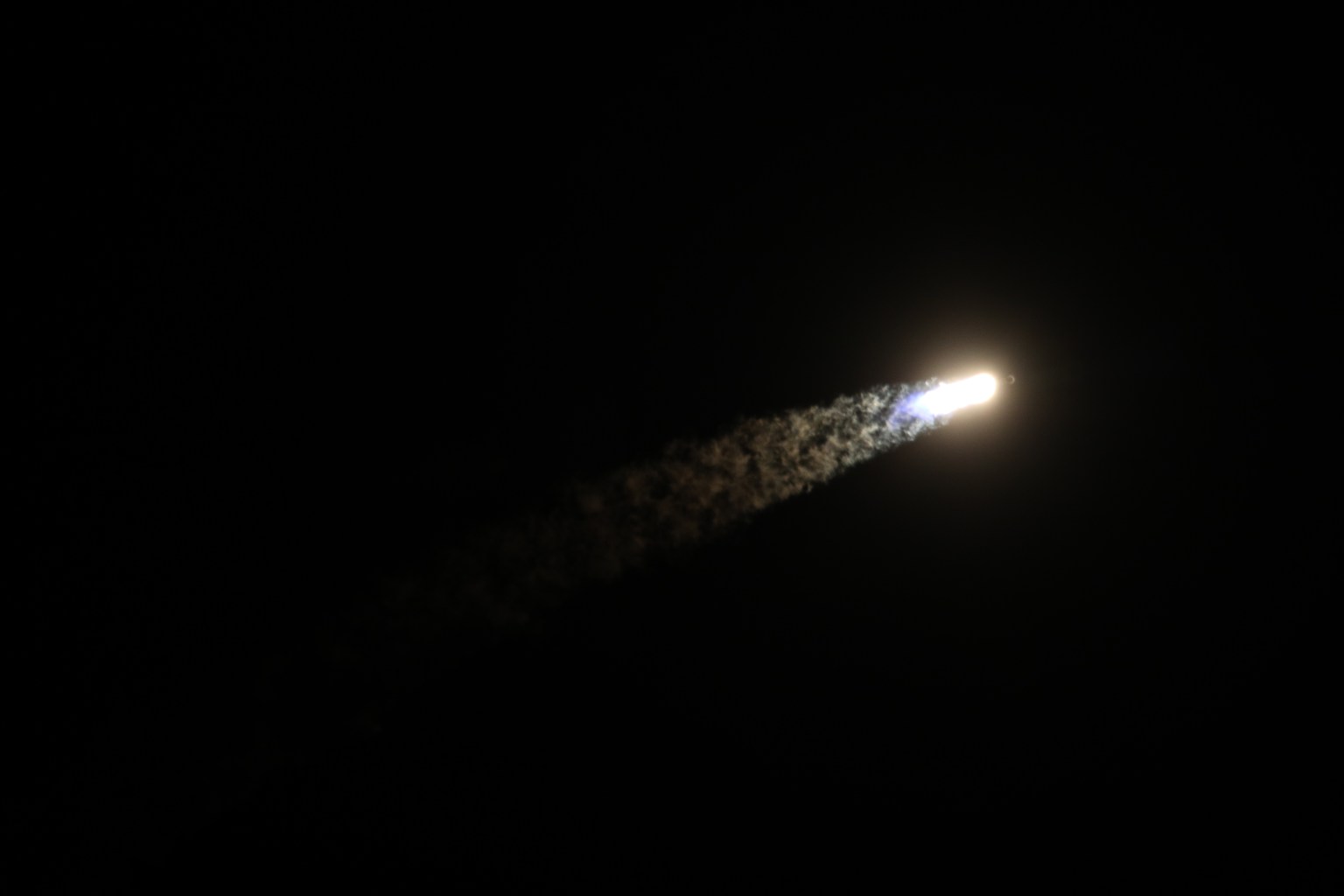
SCaN Services and Scheduling
Review a comprehensive list of services offered by NASA's SCaN (Space Communications and Navigation) Program.
Learn MoreESC Services and Partnerships Resources
ESC Partnership
DC-QNet
Washington Metropolitan Quantum Network Research Consortium (DC-QNet)
DC-QNet is a consortium of U.S. government research laboratories in the Washington, D.C. area, including the U.S. Army Combat Capabilities Development Command Army Research Laboratory, the U.S. Naval Research Laboratory, the U.S. Naval Observatory, the National Institute of Standards and Technologies, the National Security Agency, and NASA. The consortium is not directly managed by NASA, but shares our objective to create, develop, and demonstrate a regional quantum network testbed, including concepts, network protocols, architectures, and metrology. By collaborating across agencies, we can create synergies in sensor development, secure communications, distributed computing, and yet to be discovered use-cases.
Members include:
• U.S. Army Combat Capabilities Development Command Army Research Laboratory
• U.S. Naval Research Laboratory
• U.S. Naval Observatory
• National Institute of Standards and Technologies
• National Security Agency
• National Aeronautics and Space Administration
